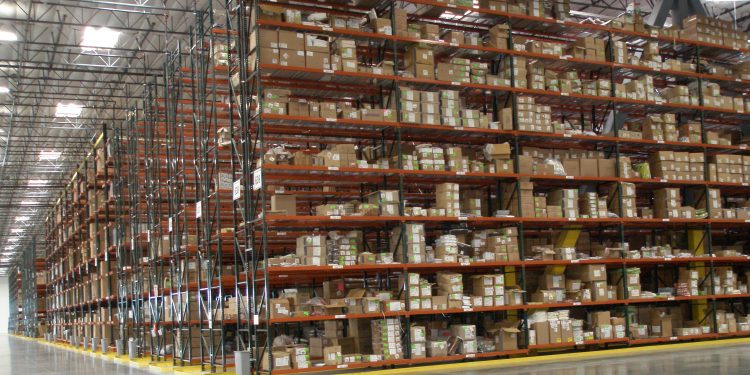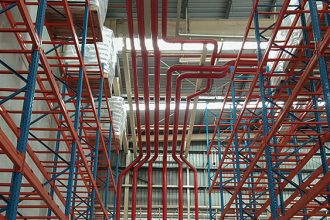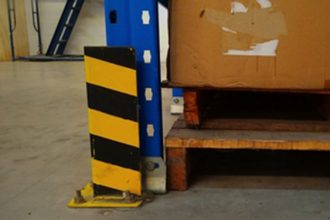Safely Storing High-Value Items: Your rack installation must hold up, which means doing your homework.

High-value items in the warehouse can take on many different looks and definitions.
They could look like slow-moving items that must be ready at a moment’s notice, for instance. Think one of the many FEMA warehouses around the country, where when disaster strikes, the items must be ready for rapid picking and shipping. Or computer components in a Dell or Apple warehouse, around which the companies’ entire product line revolves.
These are all high-value SKUs that rely on safe storage on reliable racking. A racking failure could spell disaster for the company’s bottom line, not to mention injury to workers. At the end of the day, however, just about every item a company stores can fall into a relatively high-value SKU category. Perishable food items that would be a total loss if dumped to the floor below; glass bottles holding wine, cooking oils or even jams and jellies. While lower stakes than FEMA supplies, they represent future sales and a bottom line to a business.
Rare are the companies that can withstand the damage that would accompany a rack failure, so no matter what your products are, ensuring your racks are up to the task is essential. To make that happen, your first step is to involve an-inhouse engineering team if you have it, or use an outside consultant or integrator to put together a set of specifications that will protect your high-value items. You’ll need to furnish them with a wide range of numbers and information, including the height of your facility, the products you’ll be storing, how much they weigh—all the key details that will help them come up with the right specifications.
With specifications in hand, you can request bids from multiple, qualified racking manufacturers. They will likely need additional information about your facility and project. Information like seismic activity, soil quality underneath your slab, and more. Without it, the manufacturers must go to default, worst-case scenario recommendations, which will add to your bottom line.
With all this information in hand, you’ll receive qualified bids, make a selection and move toward obtaining permits, a review by a qualified engineer, and eventually installation. The installer should check to make sure your proposed systems will be functional for the long haul, that the racks meet RMI and LARC (load application rack configuration) standards, and more. With all the boxes checked, you can then feel safe and comfortable with your new racking and the security of your high-value SKUs.
Should you be tempted to buy used racking to cut corners, take note of the risks.
You’ll be skipping essential steps in the design process that ensure the protection of your high-value items. You’ll also be risking adding in racking that has potentially been through accidents and subsequent damage. In the end, when you’re already investing heavily in a new DC storage project, the last place to skimp is with your racking—your high-value items depend on it, and so do your customers.


